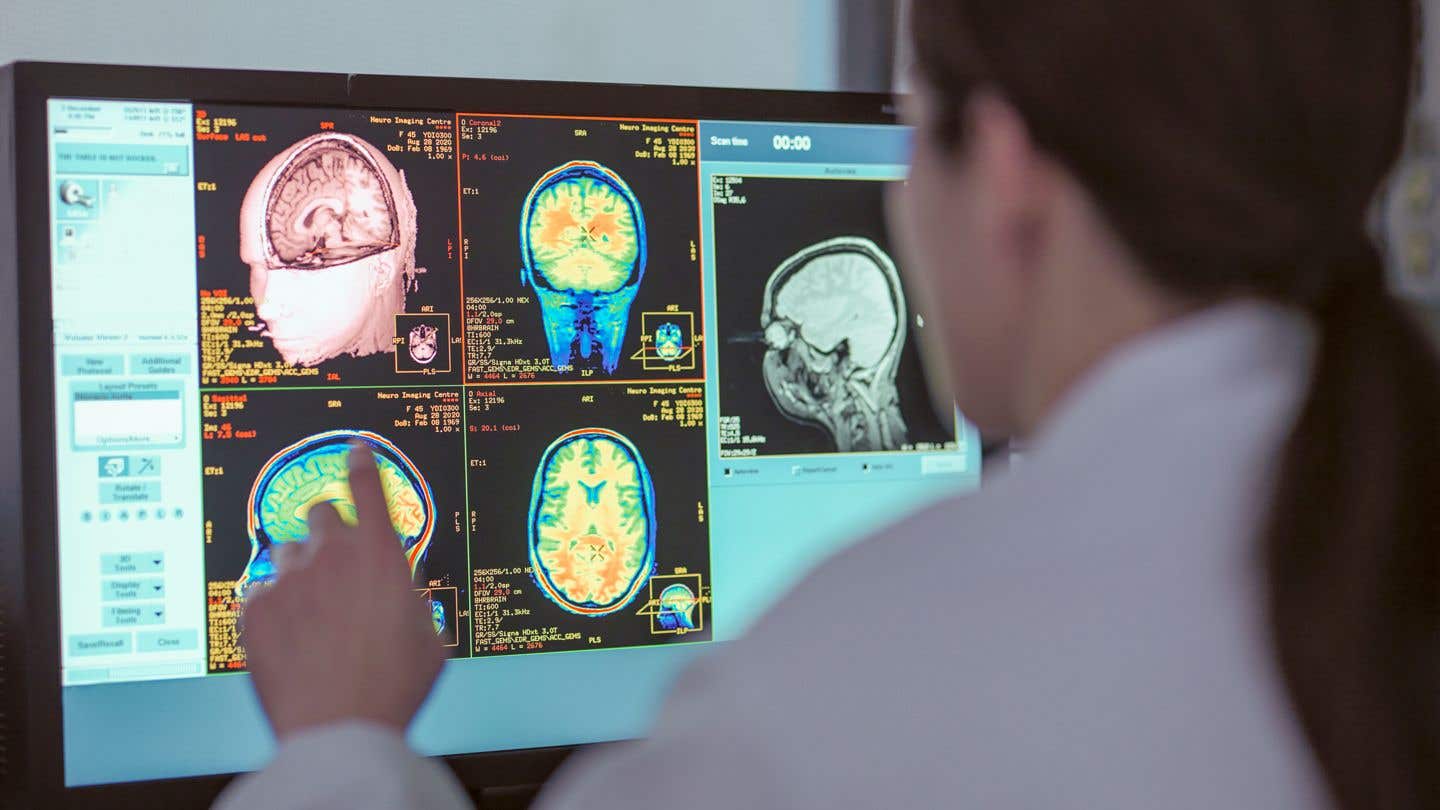Revolutionary drug substantially reduces both weight and cholesterol levels
We realized we needed to deliver this drug selectively to the liver because if it goes to other places, it could cause complications.

A staggering one hundred million Americans suffer from obesity and related cardiometabolic disorders. (CREDIT: iStock Photo)
The importance of this technique becomes even clearer when considering the larger context. An astonishing 100 million Americans are affected by obesity and related cardiometabolic disorders, notes S. Thai Thayumanavan, a distinguished biomedical engineer and chemist at the University of Massachusetts Amherst. "We were really excited about this work," he says.
The brilliance of this method lies in the nanogel itself. These tiny carriers are packed with a synthetic thyroid hormone drug called a thyromimetic. While thyroid hormones are crucial for liver metabolism, they often prove ineffective and cause adverse side effects when taken systemically.
"We came up with a very simple approach, using our unique invention – nanogels that we can direct selectively to different targets," Thayumanavan continues, underscoring the customized nature of their method. "They were custom-designed for hepatocyte delivery in the liver."
The outcomes were nothing short of remarkable. "The treated mice completely lost their gained weight, and we did not see any untoward side effects," reports Thayumanavan.
Yet, it wasn't just about shedding weight. The mice, who continued their rich diets, saw normalized cholesterol levels and a significant reduction in liver inflammation. "We found that we are activating the reverse cholesterol transport pathway, which lowers cholesterol," Thayumanavan elaborates.
Related News
He further theorizes, "We believe that activation of fat oxidation and an increase in metabolic rate are causing the loss in weight, but more work needs to be done to prove that point."
Delving into the mechanics, once these nanogels permeate the hepatocytes, the liver cell environment disintegrates the bonds within the nanogel, releasing axitirome. This drug subsequently latches onto proteins pivotal for gene expression regulation.
The apparent effectiveness of the ANG-delivered axitirome, which reversed weight gain without disrupting thyroid hormone levels, indicates a promising avenue for thyromimetics in addressing metabolic diseases like obesity.
An interesting observation emerged: mice on axitirome retained their appetite for high-calorie food. This is in stark contrast to human subjects using other weight loss drugs.
"There is a significant amount of development work to be conducted between mice and humans," Thayumanavan cautions, "but we are hoping it will eventually become a drug."
Driven by the promise of the nanogel technology his lab birthed, Thayumanavan has launched a startup, Cyta Therapeutics. Their primary mission? To spearhead cutting-edge delivery platforms ensuring drugs are dispatched to their intended bodily destinations.
The exciting potential of this discovery cannot be understated. It not only offers a beacon of hope for those grappling with obesity and associated disorders but also paves the way for further advancements in drug delivery, potentially revolutionizing the treatment of metabolic diseases.
Note: Materials provided above by the The Brighter Side of News. Content may be edited for style and length.
Like these kind of feel good stories? Get the Brighter Side of News' newsletter.
Joseph Shavit
Head Science News Writer | Communicating Innovation & Discovery
Based in Los Angeles, Joseph Shavit is an accomplished science journalist, head science news writer and co-founder at The Brighter Side of News, where he translates cutting-edge discoveries into compelling stories for a broad audience. With a strong background spanning science, business, product management, media leadership, and entrepreneurship, Joseph brings a unique perspective to science communication. His expertise allows him to uncover the intersection of technological advancements and market potential, shedding light on how groundbreaking research evolves into transformative products and industries.



